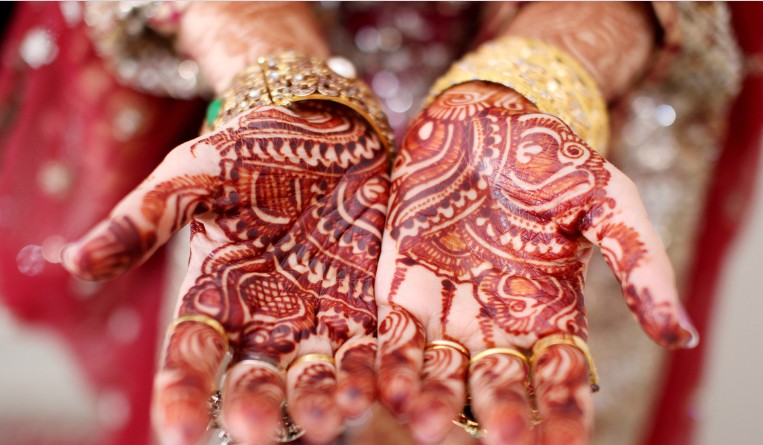Popular Indian product used for body art given GI label
12 November 2021

Sojat Mehndi, a product from the state of Rajasthan in northern India used for body art in many Asian countries, has been granted a geographical indication (GI) label by the Indian government.
Aside from serving as a seal of quality and authenticity for the product, a GI tag also means no other individual or business entity can sell “Sojat mehndi.”
Mehndi refers to the leaves of the henna plant which, when grounded and filtered into powder form or paste, are used for body decoration or body art. It also refers to the body art itself.
Sojat mehndi refers to the paste manufactured using mehndi leaves grown in the city of Sojat. The city is said to be the largest mehndi producing area in India where men and women apply the paste in their hands, legs and feet. Famous actresses and Miss World titleholders Aishwarya Rai and Priyanka Chopra used sojat mehndi during their weddings.

“The GI tag will serve as a symbol of quality and will also imply the product's place of origin. It is expected to bring several economic benefits as the members of the Sojat community can command a premium price in view of the distinct characteristics of their product. The mehndi from Sojat is believed to have cosmetic and medicinal use. Therefore, a GI tag may help increase the demand for the product in the domestic and international markets,” said Sonal Madan, a partner at Chadha & Chadha in New Delhi.
“It is worth noting that the GI tag may also help curb the sale of adulterated mehndi. The sellers of mehndi originating from other regions sometimes add harmful chemicals to the product to bring out a colour similar to Sojat mehndi. The GI tag will help differentiate Sojat mehndi from such products too,” Madan explained, adding that the GI tag will benefit the farmers and the users of the product.
Body art using mehndi is also practiced in other South Asian countries such as Pakistan and Bangladesh. The uniqueness of Sojat mehndi lies in its deep burnt red color. This is attributed to the soil and rainwater conditions in the area as well as the fact that Sojat’s mehndi leaves possess more lawsone compared to those grown in other places. Lawsone is a red-orange dye found in henna leaves.
“The GI tag may also help the Sojat community farmers as they may push for the inclusion of their product on the list of agricultural commodities, which may open a dialogue on issues like Minimum Sale Prices or MSP insurance for the crop,” Madan said.






